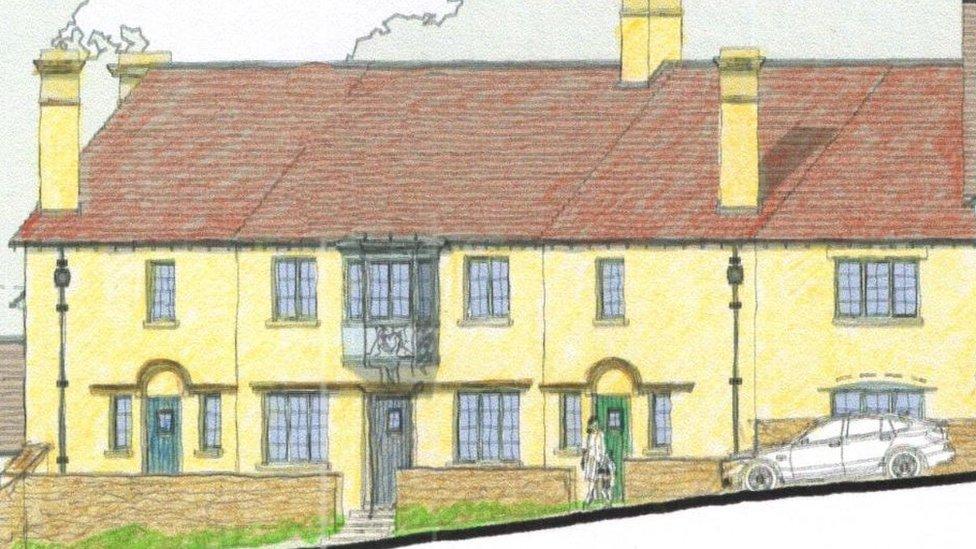Poundbury: Planning crackdown on Prince Charles' estate
- Published
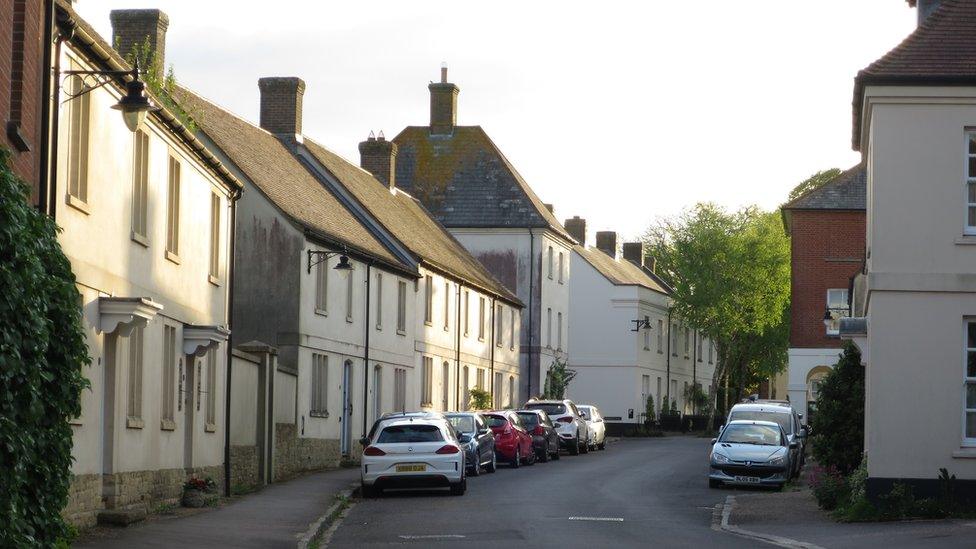
Construction of Poundbury began on the 400-acre site in 1993 and is based on the Prince of Wales's urban planning ideals
Homes on Prince Charles's Poundbury estate in Dorset are being inspected and checked for alterations.
Officials working for the Duchy of Cornwall, which owns the land near Dorchester, are recording changes made both with and without permission.
Residents sign an agreement when buying a property on the development stating they must not make alterations without the Duchy's permission.
It wants to ensure changes to original plans are not getting out of hand.
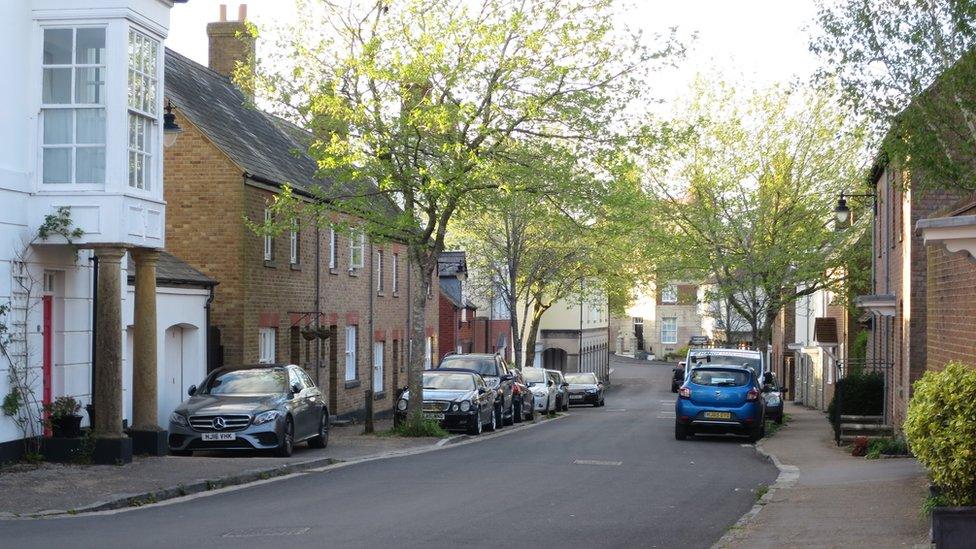
About 3,000 people live in Poundbury, which is an "urban extension" to the nearby town of Dorchester
A letter has been sent to all residents to make them aware of the audit and reminding them that the Duchy has oversight of all works to Poundbury property, according to the Local Democracy Reporting Service, external.
The letter says: "For some time now the Duchy have been aware of unauthorised works undertaken on Poundbury which other residents on Poundbury naturally assume, because of the stipulations, has received Duchy approval.
"As the extent of this unauthorised work grows the Duchy find it harder to control those works that they are asked to approve as the people asking for the approval then make reference to unauthorised works of the same or similar to what they are proposing."
'Walkable community'
A building surveyor will be touring the estate over the next few weeks to record any building alterations made over the past 25 years which "are not in harmony with the spirit of" the original Poundbury design guide.
The Duchy said the survey was "purely to establish the extent of works undertaken" and the results would be used to inform future decisions by the Duchy on alteration work.
A spokesperson said it would "enable Duchy staff to work with the community in Poundbury to maintain the development's ethos on architecture and urban planning, for the benefit of both current and future owners and residents".
Poundbury is an urban extension to Dorchester and is based on the Prince of Wales's planning ideals.
The development, which is home to about 3,000 people, combines social and private housing with work and leisure facilities to create a "walkable community".
Construction began in 1993 and is set to be completed in 2025, when it is expected to have about 4,500 residents.
- Published4 February 2019
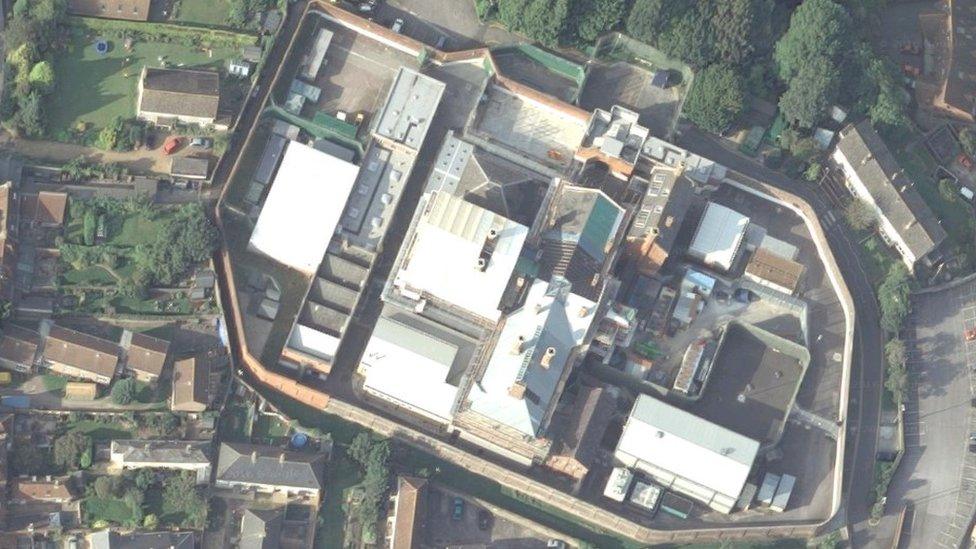
- Published15 December 2018

- Published11 October 2018
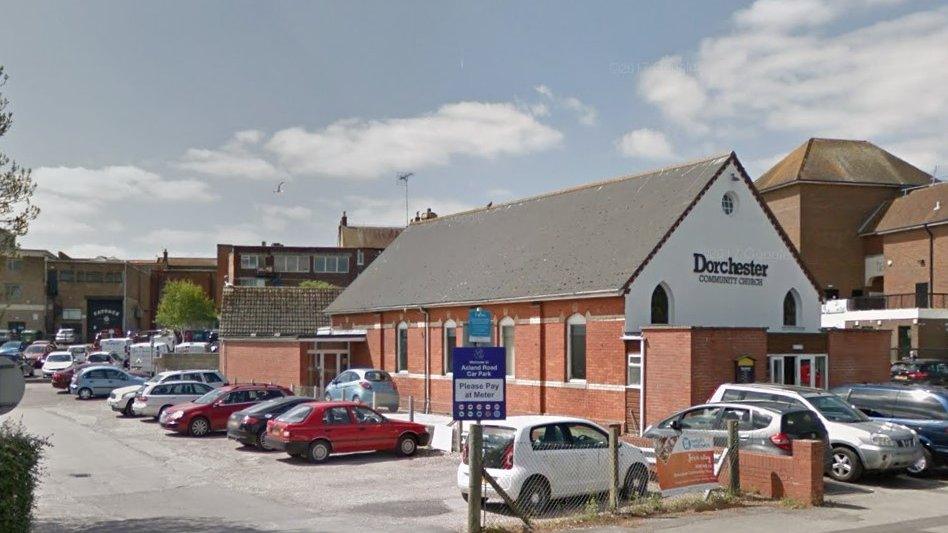
- Published14 December 2016
